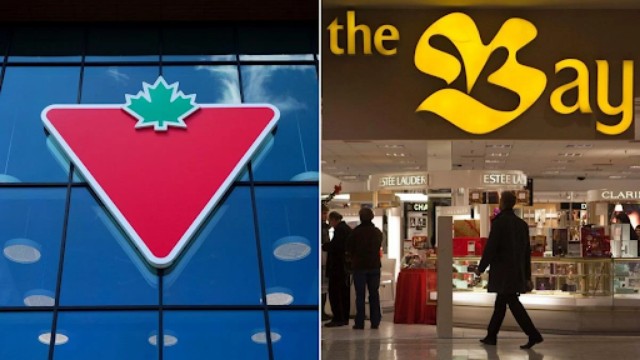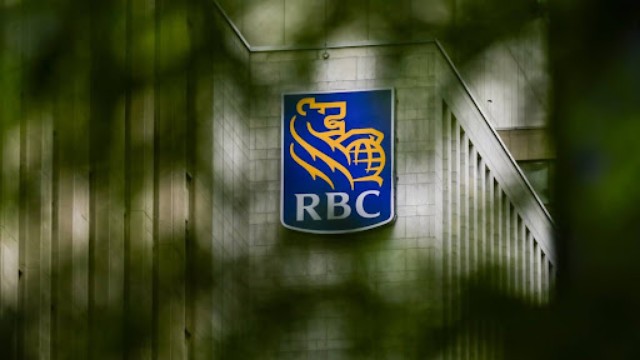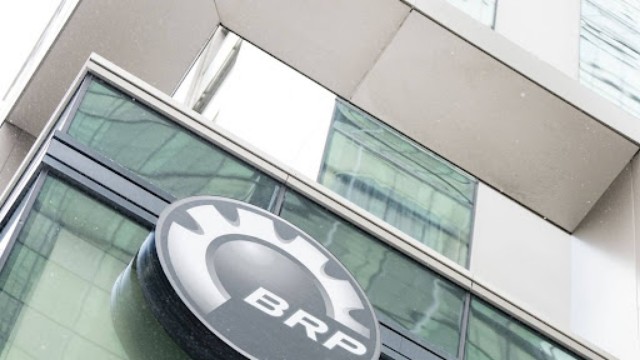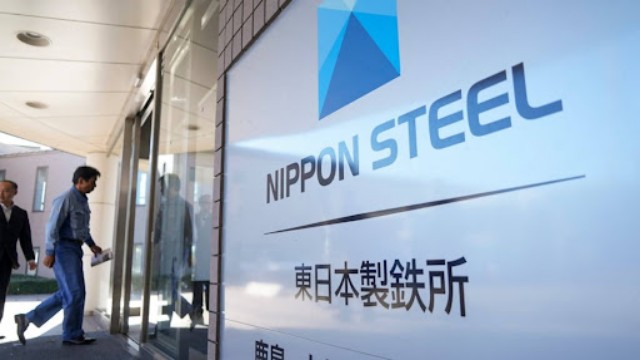
The Imperial Oil logo is displayed at the company’s annual meeting in Calgary on April 28, 2017. The Canadian Press
Imperial Oil Ltd. recently shared an exciting update about a major renewable diesel project that's taking shape near Edmonton. The $720 million facility, set to be Canada’s largest of its kind, is progressing well and is expected to be completed by next spring. Once finished, it will produce over one billion litres of renewable diesel each year.
This new facility is being built at Imperial’s Strathcona refinery and will use locally sourced vegetable oils and low-carbon hydrogen to create a biomass-based fuel. This move is part of Imperial’s strategy to diversify its energy portfolio and adapt to the ongoing shift towards renewable energy.
During a conference call, Imperial's chairman and CEO, Brad Corson, expressed confidence in the project despite recent challenges in the U.S. renewable fuel market. A surplus of renewable fuels there has affected margins for producers. Corson noted that while the U.S. market faces difficulties, Imperial is optimistic about the economic prospects of its Canadian project.
Renewable diesel is a direct substitute for petroleum diesel and can be transported through existing pipelines and sold at regular fuel stations without needing major infrastructure changes. This makes it an appealing option for refiners, especially with regulations like Canada’s clean fuel standard, which aims to reduce the carbon intensity of fuels over time.
According to the Canada Energy Regulator, increased production of renewable diesel will help Canada meet its goal of cutting emissions from fuel products by 15% below 2016 levels by 2030. The CER also projects that renewable diesel could account for 35% of the global diesel supply by 2050.
Canada’s first standalone renewable diesel complex was completed by Tidewater Renewables in Prince George, B.C., last year. Several other projects are in the pipeline across the country. Meanwhile, in the U.S., the production of renewable diesel has surged, with output more than tripling since 2021. This has led to competition among facilities for the necessary feedstocks, which can include vegetable oil, animal fats, used cooking oil, and even algae.
Corson highlighted that Imperial’s project differs from U.S. facilities because it is designed to process locally available agricultural feedstocks, reducing transportation costs. Additionally, Canada’s regulatory environment, with its provincial and federal incentives, offers more economic support than the U.S.
In another piece of positive news for Imperial, the company reported a significant increase in net income for the second quarter of the year. The company earned $1.13 billion, up from $675 million in the same period last year. This rise in profit, which translates to $2.11 per share compared to $1.15 per share a year earlier, was attributed to better North American crude prices and the benefits of the Trans Mountain pipeline expansion, which has reduced the discount Canadian oil producers face.
Imperial's production averaged 404,000 barrels of oil equivalent per day in the quarter, up from 363,000 a year ago. Refinery throughput was slightly lower at 387,000 barrels per day compared to 388,000 barrels per day a year earlier.















